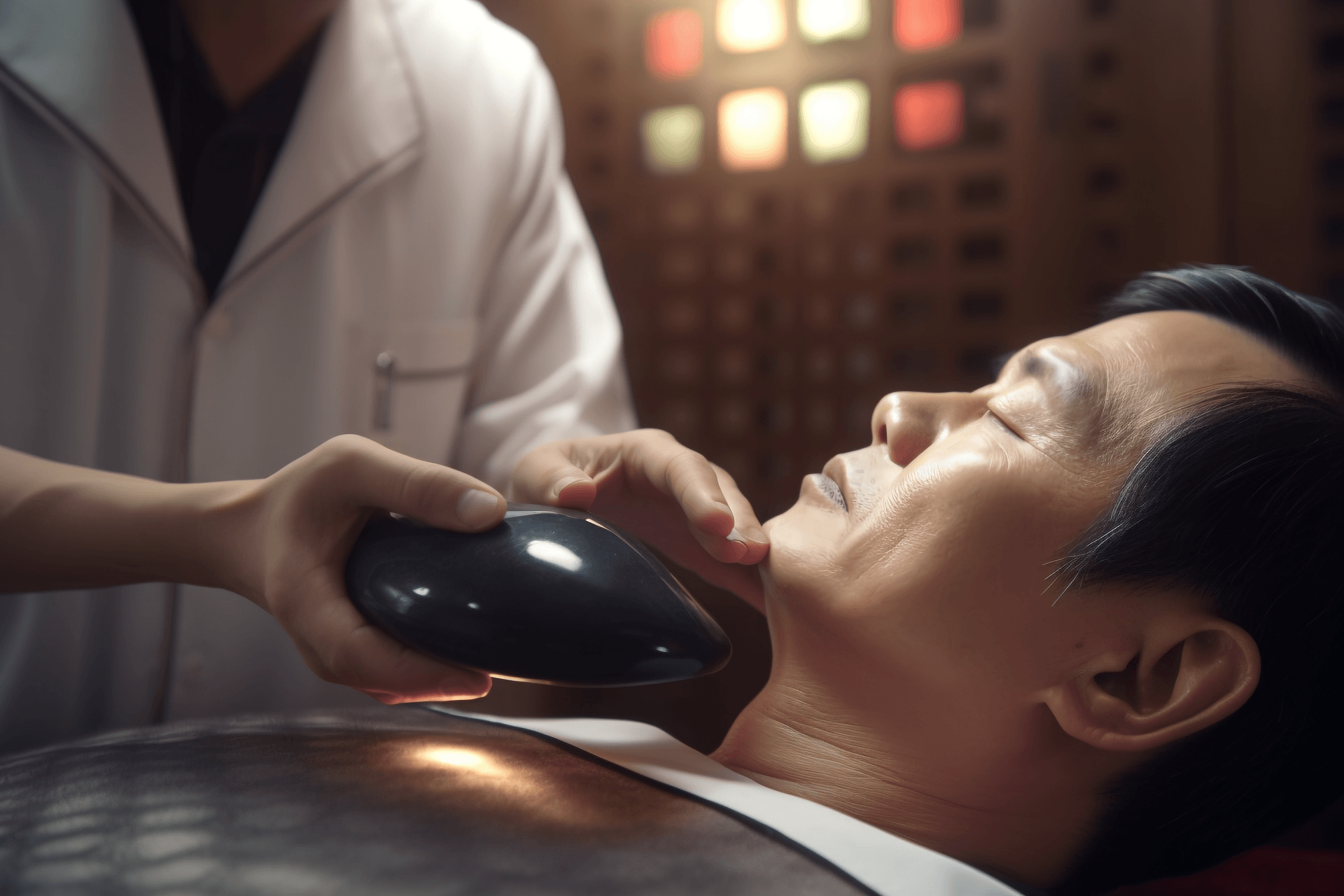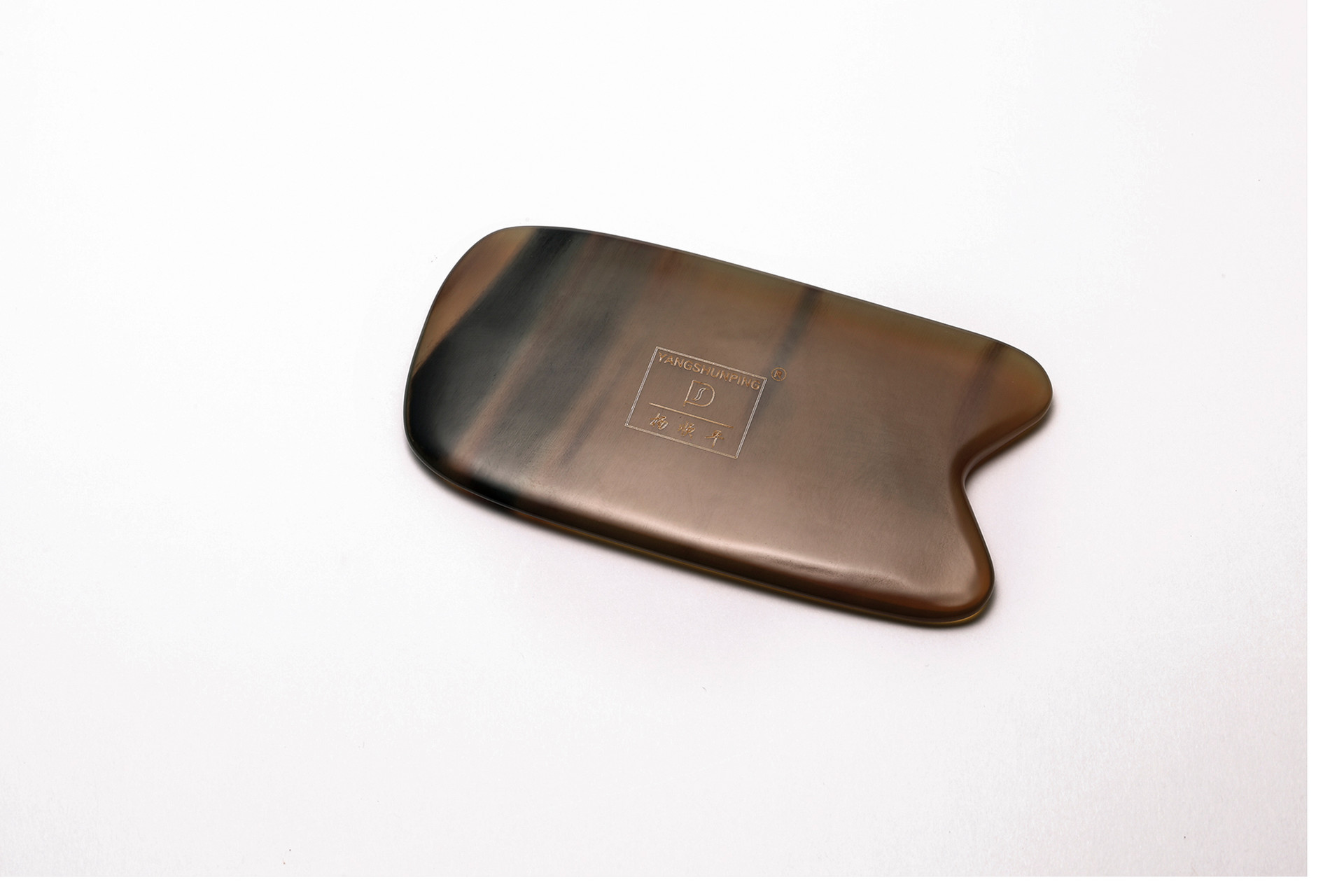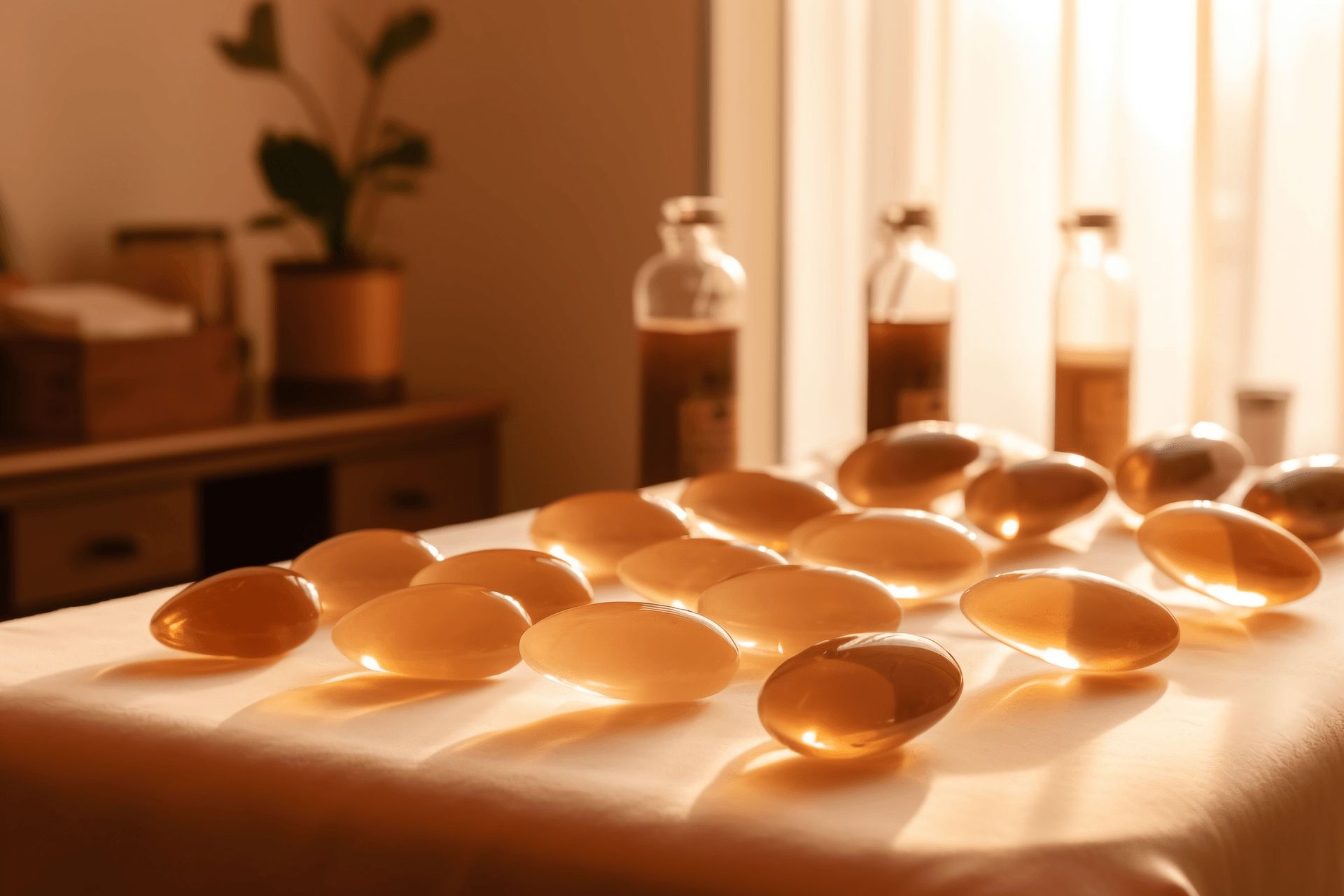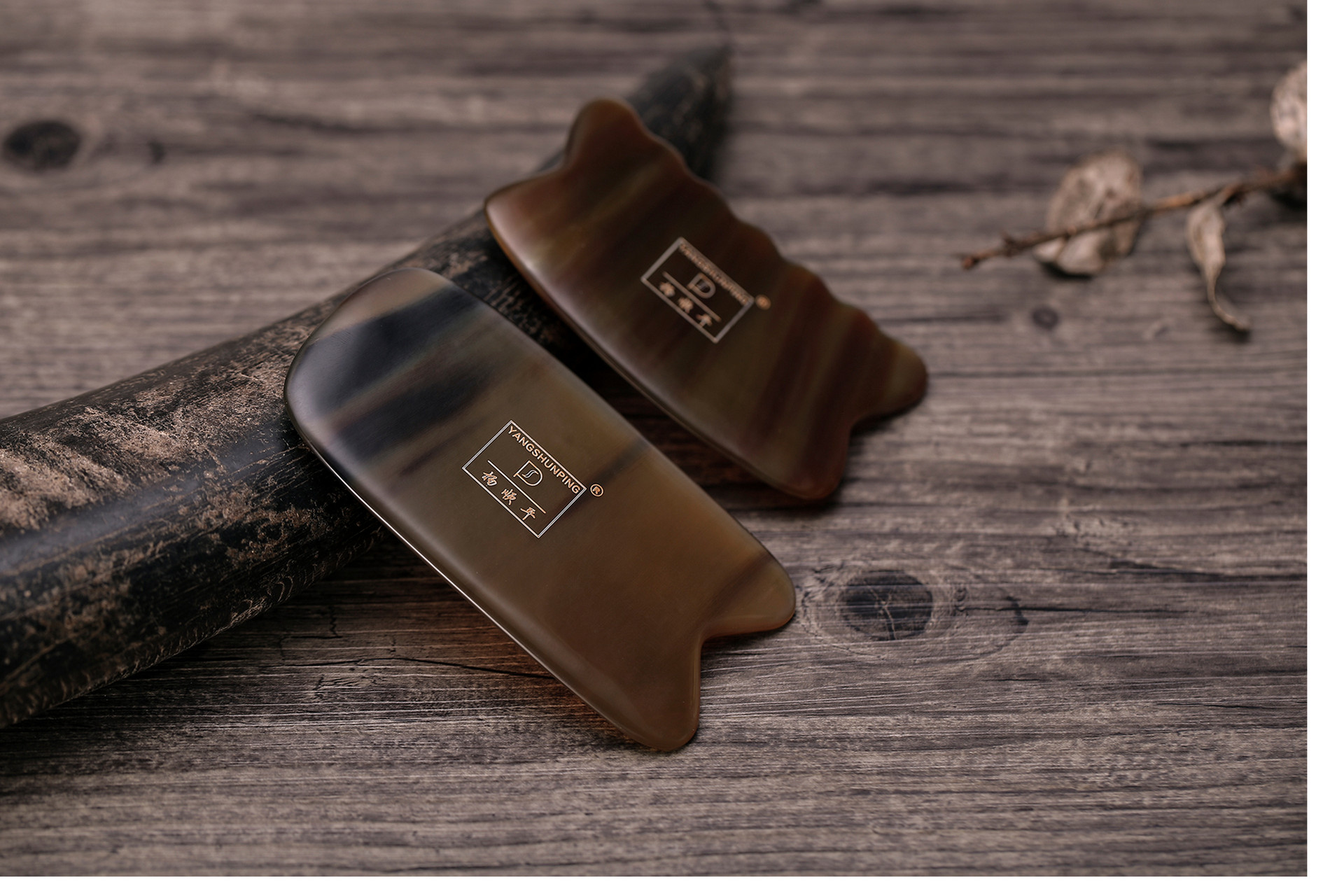Guasha therapy is a form of traditional Chinese medicine that can help eliminate coldness in our body, which can in turn alleviate many diseases. Although there are many benefits to guasha, there are also some drawbacks. It is important to have a comprehensive understanding of guasha therapy.
Table of Contents
1. Basic content of guasha therapy
2. How to perform guasha
3. Methods of guasha
4. Benefits and drawbacks of guasha
5. How to enhance immunity through guasha
6. Guasha for weight loss and facial slimming
7. Indications for guasha therapy
8. Misconceptions about guasha therapy
9. Nine types of people unsuitable for guasha
Basic content of guasha therapy
Guasha therapy involves using tools such as smooth bamboo boards, coins, spoons, porcelain pieces, or coins dipped in cooking oil or water to repeatedly scrape the body from top to bottom and from the inside out. This can treat many diseases.
This therapy is a commonly used and long-standing treatment method in clinical practice. It is often used to treat diseases in summer and autumn, such as heatstroke, external pathogens, and gastrointestinal diseases. Some scholars believe that guasha is a variation of massage techniques. The "Baochi Tuina Method" states: "Guasha is when a physician uses their fingers to scrape the skin with slight pressure." During the Yuan and Ming dynasties, there were many records of guasha therapy, referred to as the "summer method." In the Qing Dynasty, there were more detailed descriptions of guasha. Guo Zhisui's "Sha Zhang Yu Heng" states: "For guasha therapy, scrape the back, neck, spine, chest, ribs, and shoulders with a coin dipped in fragrant oil." Wu Shangxian's "Li Yue Pianwen" describes using a porcelain spoon dipped in fragrant oil to scrape the back for treating abdominal pain caused by yangsha, as the connection of the five viscera is mainly located on the back. Scraping can help dispel evil qi and relieve the illness. The "Chuanya Waibian" and "Seventy-two Kinds of Sha Syndrome Treatment Methods" also have records of guasha therapy. Because this therapy does not require medication and has quick results, it is still widely used in folk remedies, especially in southern China.
Basic content
Tool selection
1. Ramie: This is an early tool used for guasha. Mature ramie is selected, and the peel and branches are dried. The thick fibers from the root are kneaded into a ball and dipped in cold water before use.
2. Hair: We take some long hair, knead it into a ball, and then dip it in fragrant oil to use as a tool.
3. Small shell: Select a smooth-edged shell commonly used by fishermen.
4. Coins: Select coins with thick edges and no defects.
5. Buffalo horn spoon: This refers to a spoon made from buffalo horn or other materials commonly used to pick up powdered medicine. Examples include buffalo horn guasha boards and water buffalo horn guasha boards.
6. Porcelain bowl, porcelain wine cup, porcelain spoon, tender bamboo strips, glass rods, etc. Select smooth-edged and undamaged tools commonly used in modern times.








